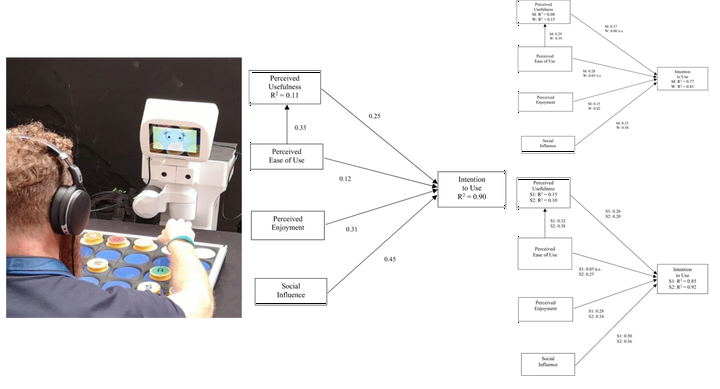How do Consumers’ Gender and Rational Thinking Affect the Acceptance of Entertainment Social Robots?

Abstract
In recent years, the rapid ageing of the population, a longer life expectancy and elderly people’s desire to live independently are social changes that put pressure on healthcare systems. This context is boosting the demand for companion and entertainment social robots on the market and, consequently, producers and distributors are interested in knowing how these social robots are accepted by consumers. Based on technology acceptance models, a parsimonious model is proposed to estimate the intention to use this new advanced social robot technology and, in addition, an analysis is performed to determine how consumers’ gender and rational thinking condition the precedents of the intention to use. The results show that gender differences are more important than suggested by the literature. While women gave greater social influence and perceived enjoyment as the main motives for using a social robot, in contrast, men considered their perceived usefulness to be the principal reason and, as a differential argument, the ease of use. Regarding the reasoning system, the most significant differences occurred between heuristic individuals, who stated social influence as the main reason for using a robot, and the more rational consumers, who gave ease of use as a differential argument.